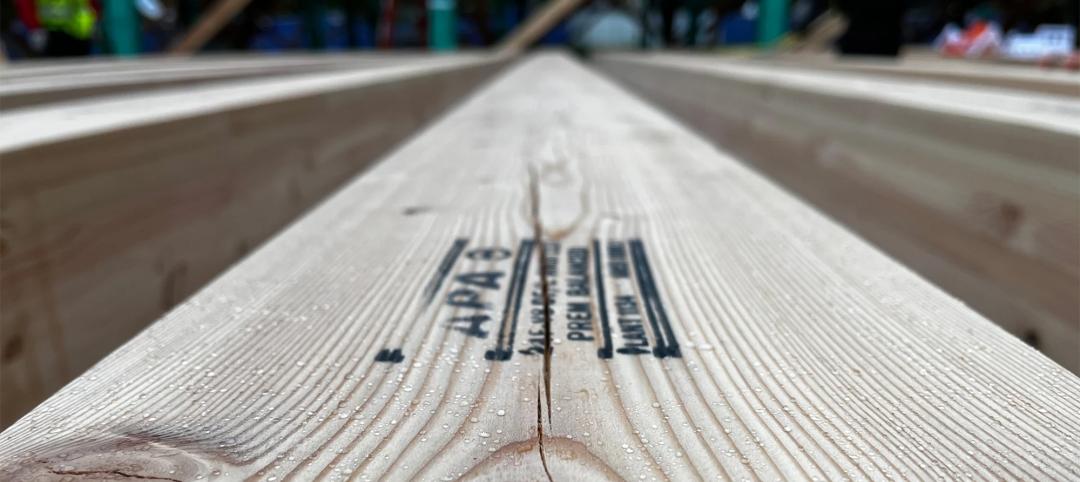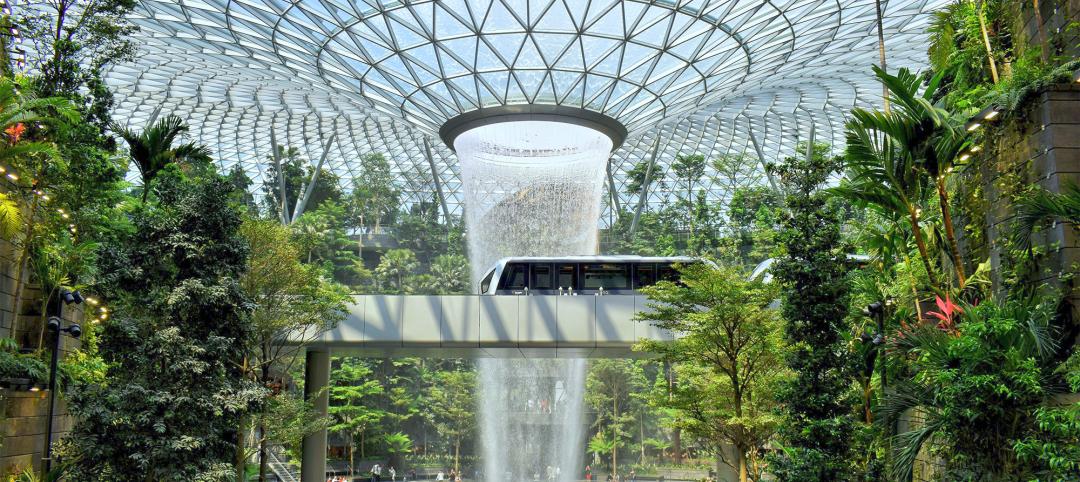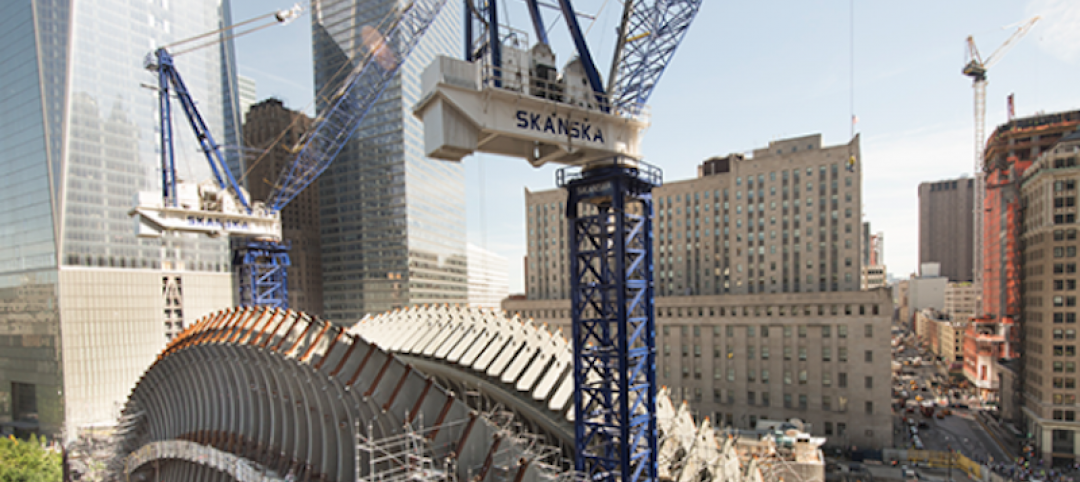Life cycle cost optioneering is a way of assessing alternative design options, analyzing their long-term capital and operational costs to identify those with the lowest price tag, over the entire life cycle.
A key benefit of this technique is that it pinpoints the design features and solutions that consume less energy, produce less CO2 and consume less materials and water, in addition to program implications, operational impact, logistics, etc. This, in turn, helps decision makers clearly see the advantages of choosing green solutions and the options available, while providing sound financial evidence for supporting them.
Life cycle cost optioneering is a combination of life cycle costing and life cycle assessment. Similar tools were used when the 32nd floor of the Empire State Building was retrofitted to meet high environmental standards throughout a 15-year lease.
Thinking in life cycles has made a big difference in our business. It means seeing a building, bridge, or road in terms of a cycle. Function, environmental consequences, and costs are spread over its lifetime, from construction and operation to final reuse when it has completed its service.
More Posts from Skanska's Constructive Thinking blog
Skanska USA's Myrrh Caplan on green building trends
From Miami to D.C. and back again: The journey of a net-zero Solar Decathlon house
Skanska’s Beth Heider on LEED v4, and why it’ll keep us on history’s right side
Of course, planning for the entire life cycle requires a lot more work on the front end. Issues become more complex when you have to plan decades or even centuries ahead, and that can sometimes mean a departure from standard financial models. But the gains are that much greater.
Lifecycle analysis means figuring in--from the very start--the environmental benefits that will save energy and reduce emissions throughout a structure’s lifetime. You can plan in flexibility to efficiently utilize a building even when new conditions arise later in its lifetime. It also means selecting materials and designs that can be easily recycled.
Similarly, a lifecycle cost calculation includes not only figuring out what it will cost to build a hospital, for example, but what it will cost for its entire lifetime. Buildings and infrastructure that are planned, budgeted, and designed in this way might well be more expensive up front to build than those traditionally procured, but lower operating costs over the lifetime of the project can soon make it worth the investment.
About the author
Myrrh Caplan is the Skanska USA National Program Manager - Green Construction. More posts by Caplan.
More from Author
Skanska | Sep 26, 2024
5 lessons in water mitigation for mass timber projects
Sustainability leaders from Skanska, RDH, and Polygon share five tips for successful water mitigation in mass timber construction.
Skanska | May 6, 2024
The benefits of biophilic design in the built environment
Biophilic design in the built environment supports the health and wellbeing of individuals, as they spend most of their time indoors.
Skanska | Dec 4, 2023
4 key innovations and construction trends across airport design
Here are some of the key trends Skanska is seeing in the aviation sector, from congestion solutions to sustainability.
Skanska | Jun 29, 2023
K-12 school construction: 5 ways strong community relations can lead to success
When constructing a K-12 school, building positive relationships with the community—including students, parents, school staff and residents—is critical to the success of the project. Here are five ways Skanska puts the community first when building K-12 schools in the Pacific Northwest.
Skanska | Mar 14, 2023
Skanska tests robots to keep construction sites clean
What if we could increase consistency and efficiency with housekeeping by automating this process with a robot? Introducing: Spot.
Skanska | Jan 27, 2023
Key takeaways from Autodesk University 2022
Autodesk laid out its long-term vision to drive digital collaboration through cloud-based solutions and emphasized the importance of connecting people, processes and data.
Skanska | Dec 5, 2022
5 ways sustainability professionals can help reduce construction's carbon footprint
Mark Chen, Sustainability Manager at Skanska, has found five specific ways to help the construction industry reduce its carbon footprint.
Skanska | Jul 5, 2022
Tour the new Patricia Reser Center for the Arts in Oregon
This month, the community of Beaverton, Oregon, welcomed a new haven for artistic expression with the opening of Patricia Reser Center for the Arts (The Reser).
Skanska | Jun 22, 2018
What owners should know before choosing the design-build project delivery method
Outside of drawing up a well-written contract, owners often overlook a key attribute that can significantly impact the success of a design-build project, writes Skanska’s Julie Hyson.
Skanska | Dec 7, 2017
Busting the myths: What the “S-word” can mean for construction and development
Sustainability, it’s a trendy term. The problem, however, is that it’s being used in so many different ways that people don’t even know what it means anymore.
















